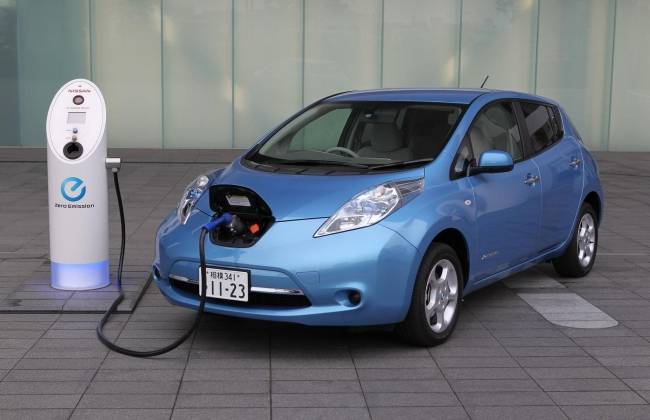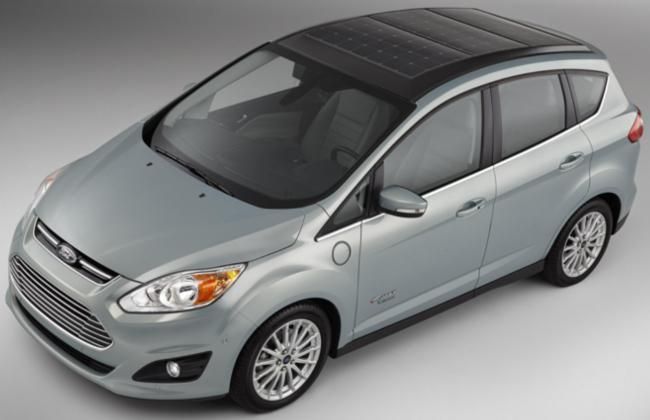Technology Decoded: Electric Vehicles (EV)
Modified On Feb 24, 2016 04:18 PM By Sahib
- 601 Views
- Write a comment

It is a battery based car concept which uses only battery to supply vital electrical energy to an electric motor which further moves the vehicle on the road. EVs operate very smoothly and quietly as compared to ICEs without requiring regular maintenance. There are no emission issues with this vehicle concept, hence this vehicle is also known as “ZERO EMISSION VEHICLE (ZEV)”.
Background/Development:
- In 1832, the first crude electric vehicle concept was developed by Robert Anderson.
- In 1890, William Morrison manufactured the first 4-wheel electric road vehicle in America.
- In 1894, Henry G. Morris and Pedro G. Salom designed battery streetcars and also worked on a 4-wheel electric wagon similar to the Morrison car, which was able to go up to 15 mph.
Technology Explained:
An electric vehicle consists of a battery which stores and provides energy, electric motor which actually drives our vehicle, controller unit that regulates the energy flow to motor based on working conditions. The technology involved in electric vehicle is decoded below:
1. Electric motor is supplied with electrical energy by the main battery pack. Then motor uses this very energy to generate an electromotive force, which turns the shaft of the electric motor. This shaft is coupled to the wheels of the vehicle and hence this shaft transmits either forward or reverse motion, depending on the direction the shaft is turning.
2. Batteries used in EV are usually Nickel-metal hybrid battery and several versions of lithium-ion (Li-ion) batteries. These batteries are easier to charge with either a constant voltage or a constant current charging system, with little overcharge required.

3. All of the electronic devices in the car are powered by this battery pack available in the car. Everything else in EV is basically the same as its gas-powered equivalent.
4. Additional 12-volt battery is available in this EV layout which runs electrical systems like lights, entertainment system and the heating/cooling system. DC-DC converter is available to continuously charge this additional 12-volt battery pack by producing a 12-volt source from the main battery pack.
5. Regenerative breaking concept is usually applied in these EVs which helps to recover and conserve kinetic energy by converting it into electric energy. This energy is used to charge the battery, which further helps while accelerating.
Example of Electric Vehicle:
NISSAN LEAF EV uses 24kWh lithium-ion battery which stores energy to power 80 kW AC motor. There are 48 lithium-ion modules with each one containing 4 lithium-ion battery cells. This setup provides enough power to the motor to generate torque of 187 lb-ft & 107 horsepower.
Advantages of Electric Vehicle:
- Zero Emission Vehicle.
- Ideal for start-stop conditions.
- Easier to service and maintain.
- No noise and vibration problems.
Disadvantages of Electric Vehicle:
- Top speed is limited.
- Expensive.
- Take a long time to recharge their batteries.
Video Tutorial For better understanding of HEV:
Also Read: Technology Decoded: Regenerative Braking
0 out of 0 found this helpful










